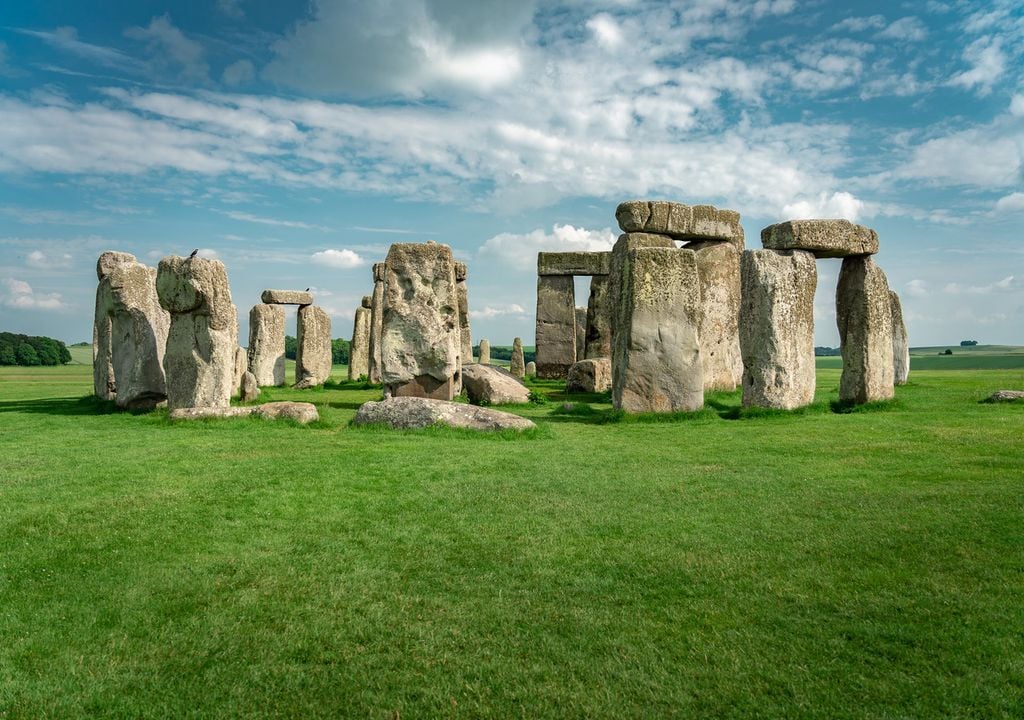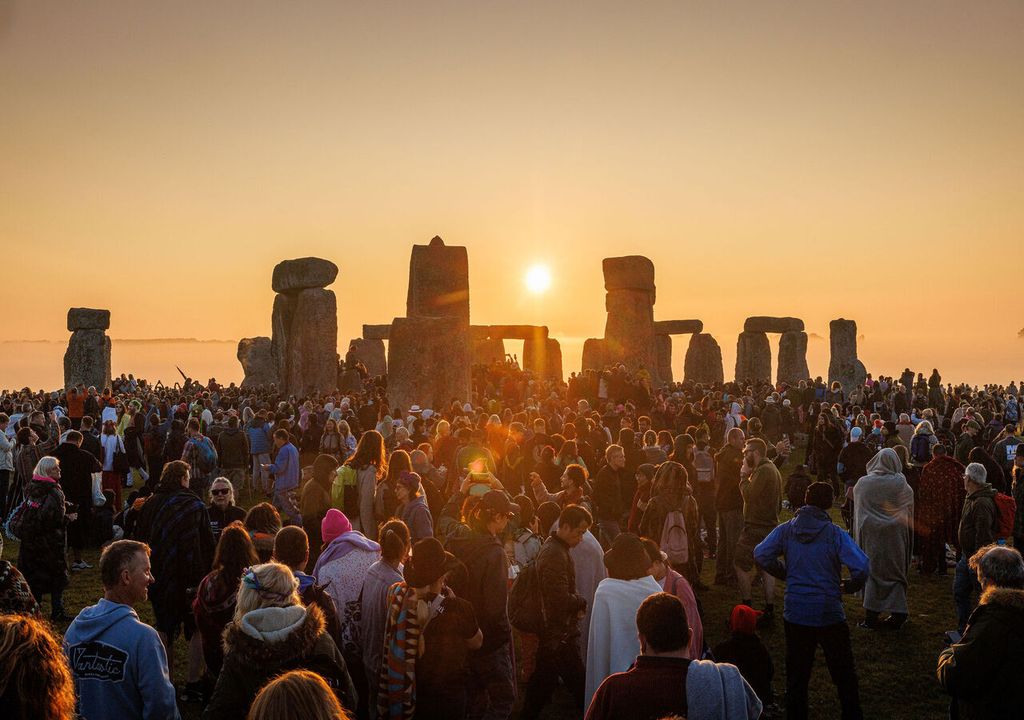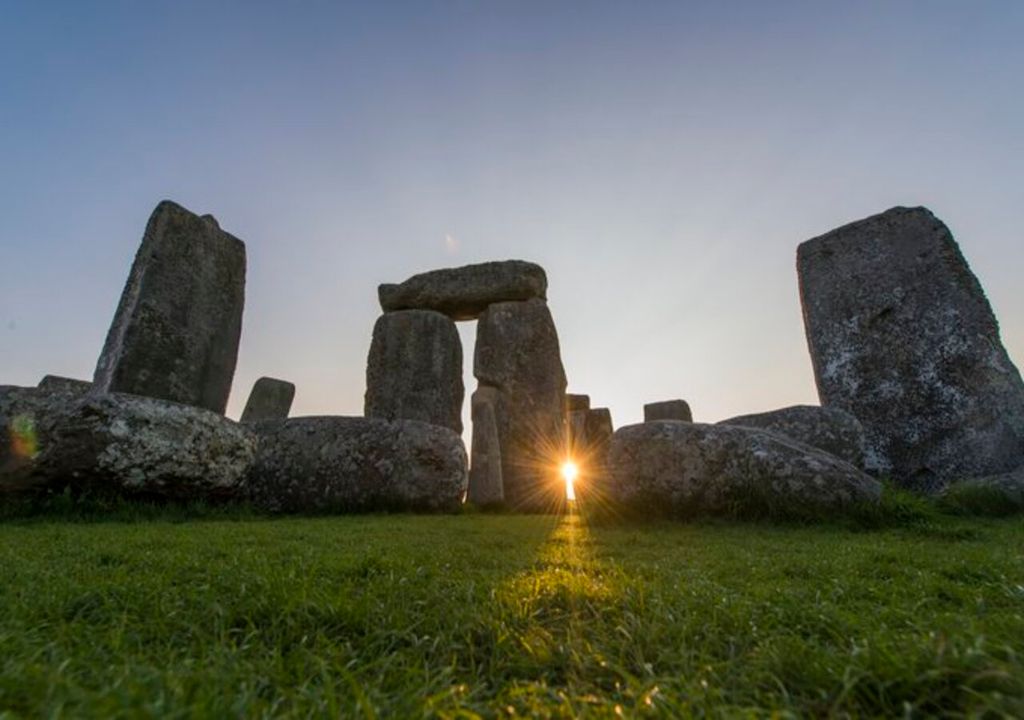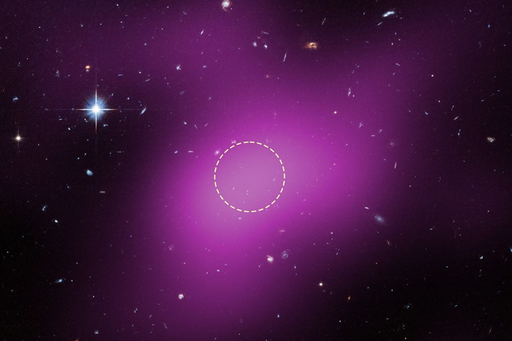Stonehenge Could be Excluded From the List of UNESCO World Heritage Sites
A tunnel will be built near Stonehenge, this will alleviate congested traffic in the region but compromises the UNESCO World Heritage title of the famous stone circle.

Around a million people come to Wiltshire each year to visit Stonehenge. Despite its popularity, the monument is at risk of being excluded from the prestigious United Nations list of World Heritage Sites.
The issue is the construction of a tunnel on a road near the monument. This project has been heavily criticised by activist groups who claim that the government was irrational in not giving importance to the UNESCO threat.
Lawyers for Save Stonehenge World Heritage Site say this would be the first step towards delisting and would be a direct result of the Government's decision. The Department of Transportation approved the tunnel near the monument to reduce traffic congestion and noise. The tunnel will be 3.2 km long and cost £1.7 billion.

In July 2021, the High Court rejected the previously issued planning permission order for the National Highways project but the Department for Transport approved the Amesbury to Berwick Down Tunnel in Wiltshire for the second time on 14 July 2023.
Lawyers for the activists are seeking permission to make another attempt to stop the plans. But the UK government has argued that the need for the project and its benefits outweigh the harms, including the loss of the World Heritage listing.
Furthermore, they claim that the removal of Stonehenge from heritage status represents a loss of the UK's reputation as a country that demonstrates to the world that it cares for its world heritage and respects its obligations under the World Heritage Convention.
Stonehenge, a World Heritage Site of Outstanding Universal Value since 1986
The Stonehenge site was declared a World Heritage Site of Outstanding Universal Value by UNESCO in 1986 due to the size of the megaliths, the sophistication of its concentric planes and the complexes of Neolithic and Bronze Age sites and monuments.

Stonehenge, one of the most mysterious monuments
Stonehenge is located in the south-west of England. Its construction dates back to the end of the Neolithic, around 3100 BC. Until now archaeologists do not know who built Stonehenge or what it was used for.
Some theories suggest that it was a mausoleum, or a healing site, or even that it served as a celestial calendar, given that the gaps in its outer stone ring are perfectly aligned with the summer and winter solstice.








